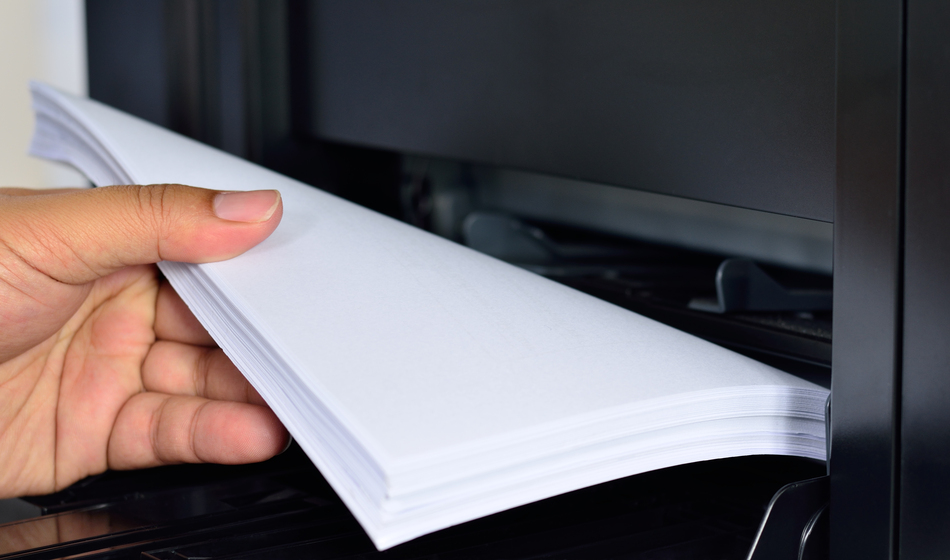
When it comes to printing, the debate is overwhelmingly filled with discussion of which ink cartridges or printers would suit your needs best. However, what most people tend to overlook is the printing material. That’s right, the paper you are using to print matters! Now, you may be scratching your head and wondering how many variations of paper there can possibly be. The short answer is too many. But don’t worry, because you only need to take into account four factors in order to identify good printer paper.
size
The size of the paper is a crucial consideration for anyone who wishes to print anything. It comes down to what your printer can accommodate. Purchasing paper that is too large or too small will be redundant as your printer will not be able to utilize it. So, you should ensure you know the dimensions your printer accepts before looking at any other factors.
Brightness
If you are looking to print high-quality images, then the brightness of the paper is also crucial to you. Brightness refers to how light interacts and reflects off the paper. On a scale of 1 to 100, most paper falls somewhere around 90. The brighter the paper, the more expensive it will be. The brightness of the paper will determine how the pigmentation is reflected, affecting the color correctness and vividness of the image. Note that a blueish tint accompanies brightness, so keep that in mind when selecting the brightness of the paper. Brighter may not always be better for your images!
Shade
Shade refers to the tone of the paper, and like brightness, it affects the final product’s color. As we know, there are varying shades of white, with warmer and colder tones determining the undertone of the paper. Most printing paper used in offices and homes for everyday use is truly white, which is a neutral white tone. However, you can also get your hands on cream-colored paper, or more blueish (brighter) paper, though they are rarer. Once again, if you are looking to print high-resolution colored images, you will need to be aware of how the shade of the paper will interact with the printer pigment and, thus, affect the final outcome. If you are a monochromatic photographer, it comes down to personal taste and how much contrast you want between white and black.
Weight
The weight of the paper is directly linked to its thickness. This will change how the paper feels and looks. Most printers can take in standard-weight paper, but you will have to check if your printer can print on heavier or lighter paper.
Standard-weight paper is naturally the most commonly used paper in offices and homes. They are cheaper and easy to access. Heavy paper, on the other hand, is more expensive and has a luxurious feel. However, feeding heavy paper into an incompatible printer may cause it to jam as it cannot pass through the drum. Furthermore, heavy paper may absorb more ink, decreasing the page yield of your cartridge. Meanwhile, light paper runs the risk of being soaked through with ink in inkjet printers. It may also scrunch up within the machine, causing jams.